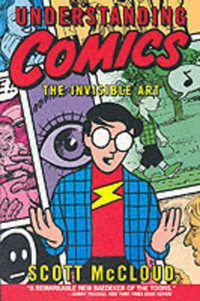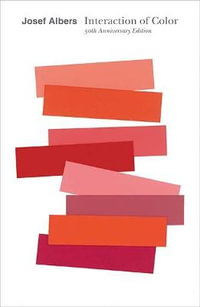'K. Venkatappa was a major figure in what is known as the Bengal School of painting in the early decades of the twentieth century. A lone artist from the south of India in the largely Bengali fraternity of artists, he played a significant role in shaping the new indigenist idiom initiated by Abanindranath Tagore and Nandalal Bose. While his work remains within the artistic parameters of the new school, it is well worth arguing how he introduced a southern, or to be more specific, some aspects of the ethos and visual language from Mysore within the movement which has been regarded as the beginning of modern art in India. Whereas a considerable amount of material exists on several aspects of the Bengal school, the contribution of K. Venkatappa has remained understudied. This new publication not only throws light on the work of this lesser-known artist, but may also open a new chapter in the study of the initial years of contemporary Indian art.'
-Gulammohammed Sheikh, Former Professor of Painting, Faculty of Fine Arts, M.S. University of Baroda, India
'Through a retrospective reclaim of the artist, K.Venkatappa, both for his times and the present, this volume of essays opens out a broader art historical dialogue on the divergent and discordant nature of modernity in early twentieth century Indian art. Firstly, it shows how a lesser-known artist can be studied, less for his artistic merit, more for his complex subjectivities as both a court painter of a traditional chitragara lineage and as an autonomous modern artist, as he moves between the princely state of Mysore, the nationalist art world of Calcutta and the city of Bangalore. Secondly, by positioning themselves squarely in the social and cultural history of what would become the state of Karnataka, the editors and authors of this volume take up the contentious relationship between the nation and the region, and the politics of Venkatappa's after-life as the father of modern Kannada art. That much of the contemporary interest in the figure of Venkatappa emerged out a concerted civic campaign of local artists of Bangalore against the threatened private appropriation of the state-owned modern art gallery carrying his name and collection also makes this volume a critical intervention in the claims on the public and democratic place of art in today's India.'
-Tapati Guha-Thakurta, Art-historian and former Professor of History, Centre for Studies in Social Sciences, Calcutta, India
'Bringing together a stellar group of scholars, this inter-disciplinary volume reminds us of the aesthetic importance for the study of both Indian modernity and the history of modern Indian art of K. Venkatappa as painter, sculptor, musician, art educationist, and much more. The first comprehensive and definitive analysis of this largely overlooked but significant Telugu-origin artist of Karnataka, Nation, Region, Modernity: The Art of K. Venkatappa deftly demonstrates how the nation lives in and through the region, but also, frequently, at the expense of the region. The volume also valuably offers a model of how to engage with the lives and legacies of pioneering figures of the past in a manner that is both a necessary corrective and a critical celebration.'
-Sumathi Ramaswamy, Duke University, USA
























